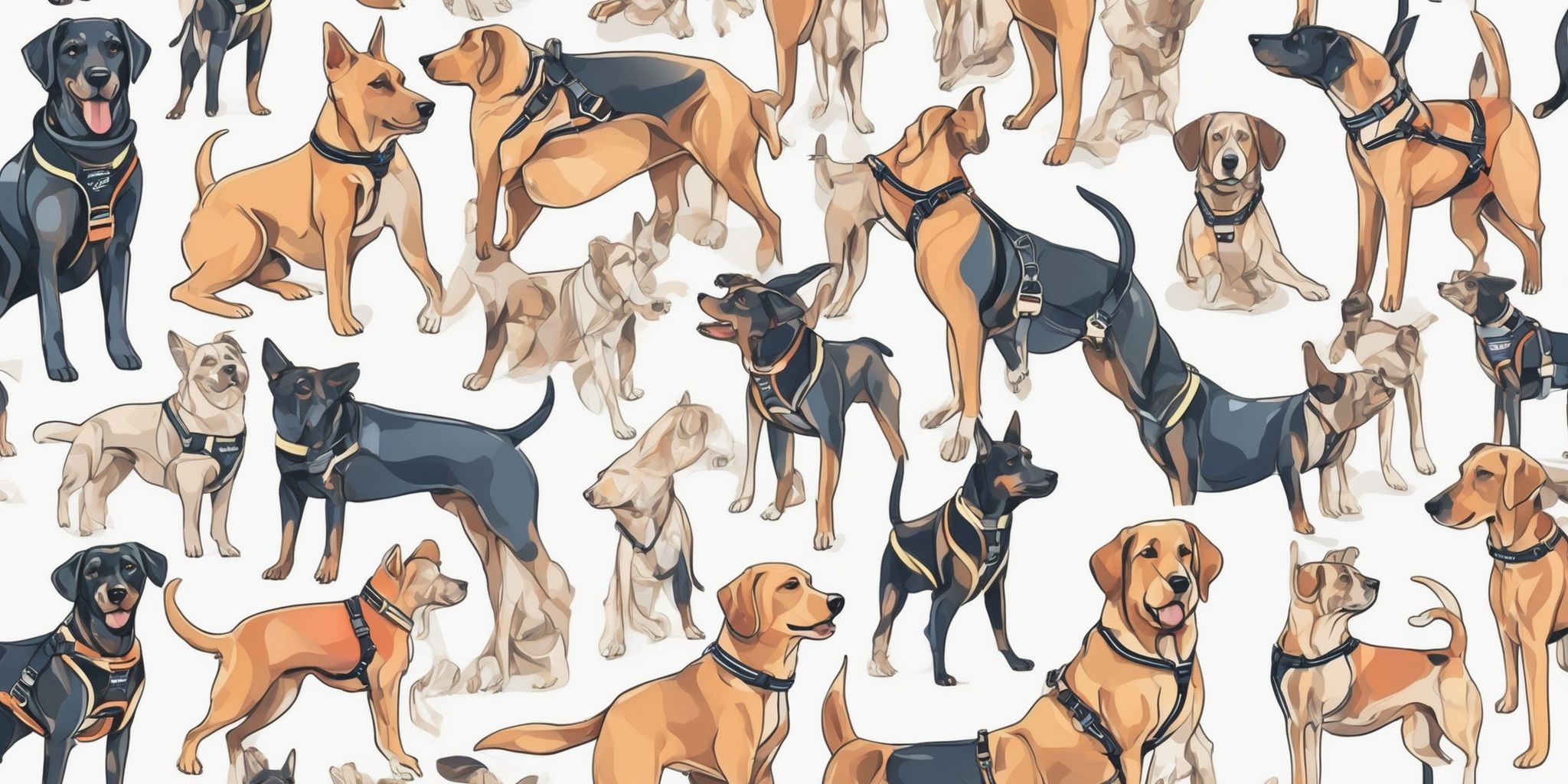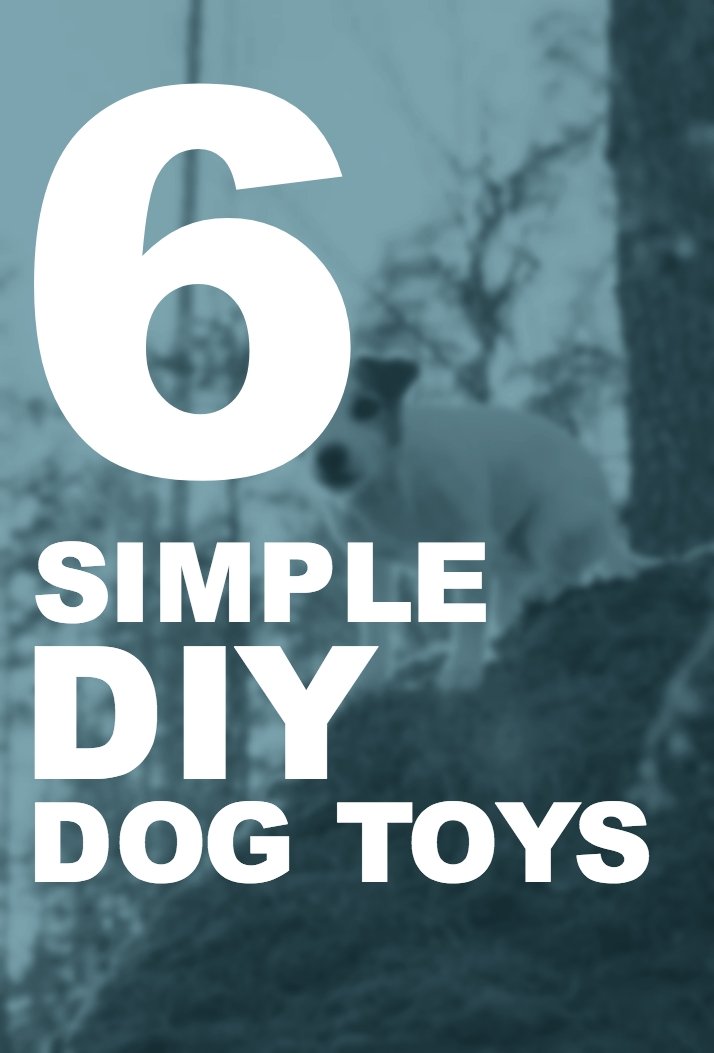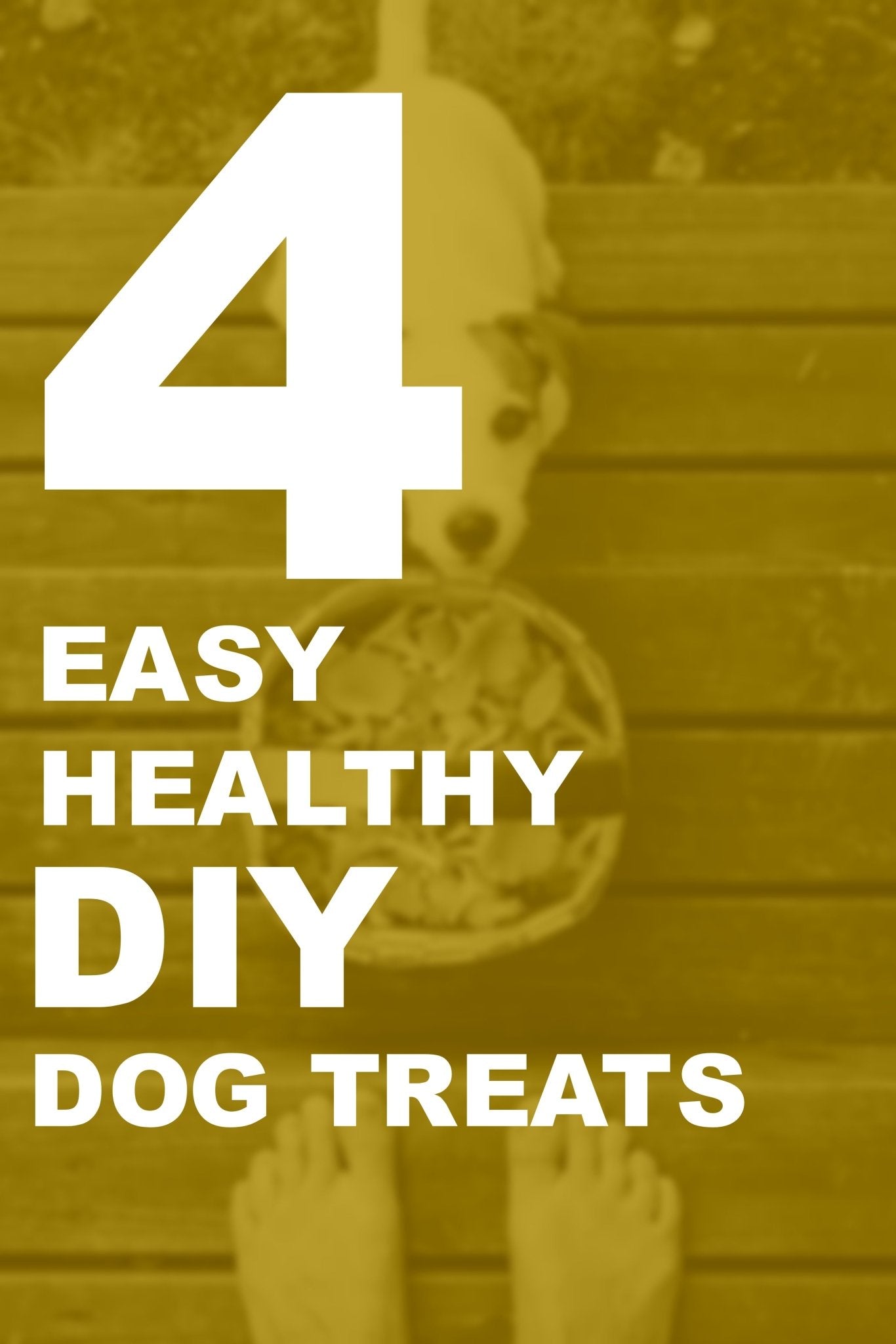6 Tips to Start Dog Agility

1. Start Slow and Steady
Some dogs pick up agility pretty quickly, some take longer, anyhow it is going to take some time and patience to master the sport.
- Keep an eye on your dog for when they get tired or impatient, and cut the training short if it seems to be a bad day.
- In the beginning gather successes: pick one or two easy tasks and obstacles and practice doing them to give you and your dog a confidence boost.
- Then move on to harder obstacles and always come back to the ones you know best, when you get frustrated.
2. Pick your Commands
Both verbal commands and hand signals are used in agility to guide the dog through the obstacles in the desired order. Dogs can develop a fairly board vocabulary and using hand signals makes learning and remembering a lot easier.
- When picking the commands you want to use with your dog, pick commands that are short, different from each other and come naturally to you.
- Still the most crucial point is consistency, practically any set of words or sounds can be used in agility if they’re used consistently. That’s why you might want to write the commands down.
3. Brief But Regular Training
As with any other hobby, regular training brings the quickest and best results. Training regularly is a lot easier and cheaper if you DIY some obstacles yourself (read our ideas and instructions here!). Training doesn’t have to or it shouldn’t last for hours and hours, a 15-minute warm-up and another 15 minutes spent training is plenty! Warming up with a walk prevents injuries and burns off some energy that can make training a lot more pleasant.
4. First Accuracy Then Speed
Accuracy and speed are both things that judges rate when competing in agility, but getting the speed too high at first will often get you in trouble later.
- First of all, you should always be able to keep up and have contact with your dog, which high speed will make a lot more challenging. Doing obstacles high speed without thorough practicing also considerably increases the risk of injury for both you and your dog.
- Once you are both confident with the obstacles,approaching them from any angle and moving around the rink, it's time to work on speed.
5. Prepare for Training and Competing
A healthy and motivated but calm dog is the ideal for training and competing in agility. There’s a lot you can do, to make your dog more like these features.
- Basic training and socializing with other dogs and humans go a long way.
- Then find the way to motivate your dog, is it treats of toys, consider if your dog is the most receptive at a certain time of the day and start practicing then.
- Food and a walk are great for calming the dog down a bit if they are too hyped up, other dogs perform better if they’re a little hungry.
- Practicing in different settings and places with different distractions is a must before starting to compete!
6. Keep it Light & Fun
Always keep in mind why you started agility in the first place, maybe to have fun and connect with your pup or to exercise together. If you notice you or your dog are getting stressed or frustrated, take a break, for 5 minutes or for a week, ask help (agility friends are great a great help), do what you have to do to keep training light and fun!










Leave a comment